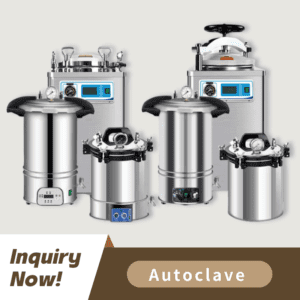
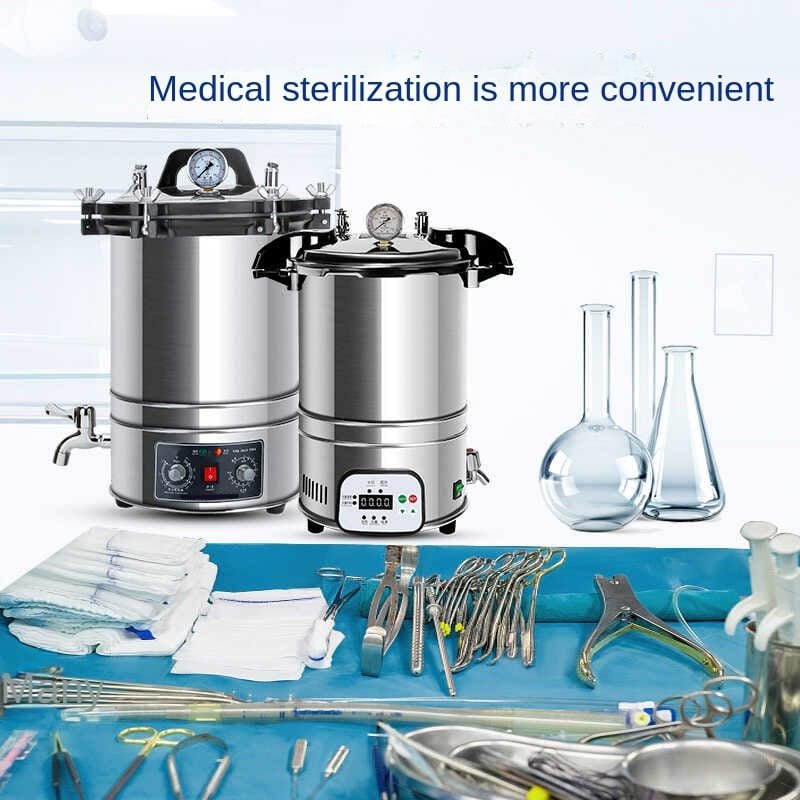
Autoclaves utilize pressurized steam to increase the internal chamber temperature beyond 121°C (250°F). The combination of extreme heat and high pressure effectively destroys all microorganisms including spores found on items undergoing sterilization. The sterilization process achieves complete reliability and guarantees comprehensive eradication of microorganisms.
The main compartment of the autoclave holds items during the sterilization process. The autoclave chamber is built to endure both high pressure and high temperature conditions.
The control panel enables users to configure and observe essential parameters including temperature levels, pressure settings and cycle duration.
The pressure gauge checks the chamber pressure to maintain operational safety during the sterilization process.
The Door Safety Lock secures the door shut during sterilization cycles to prevent any accidents.
The Steam Generator creates the steam needed to perform sterilization.
The drain valve eliminates surplus water post-cycle to preserve the autoclave’s operational efficiency.
Autoclaves sterilize surgical instruments alongside medical devices and dressings to prevent infections.
The laboratory uses sterilization techniques for glassware and media as well as lab tools to maintain accurate experimental results free from contamination.
The industrial application of sterilization includes the treatment of equipment and materials used in manufacturing processes for both pharmaceutical and food production sectors.
Autoclaves stand as the top sterilization choice because they combine effectiveness with reliability and versatility.
This sterilization method eliminates every known microorganism as well as spores.
Reliable: Provides consistent results when used correctly.
The sterilization system is capable of handling diverse materials including both liquid and solid forms.
Autoclaves serve as essential equipment that maintains sterility across medical facilities laboratories and industrial operations. Users who understand autoclave functionality and components can optimize performance while ensuring workplace safety. Only with correct operation and upkeep can autoclaves produce dependable sterilization outcomes.
The standard sterilization temperature is 121°C (250°F) at a pressure of 15 psi (pounds per square inch).
Plastics, chemicals and specific liquids are not compatible with autoclaving procedures. Always check the manufacturer’s guidelines.
The duration of a typical autoclave cycle spans from 15 to 20 minutes but changes based on the specific items being sterilized and the type of autoclave used.
Autoclaves employ steam with pressure to sterilize materials whereas dry heat sterilizers achieve sterilization through hot air. The majority of materials experience speedier sterilization through autoclaves.
Maintaining optimal performance of autoclaves requires servicing them once annually or following manufacturer guidelines.
This article offers a complete explanation of autoclaves which allows readers to easily grasp their significance and operational capabilities. Please tell me if you want to continue with the following article.

滅菌は、医療施設や実験室環境における感染制御の実践に不可欠な要素である。蒸気によるオートクレーブ滅菌は多くの用途に有効であるが、次のような場合には最適ではない。
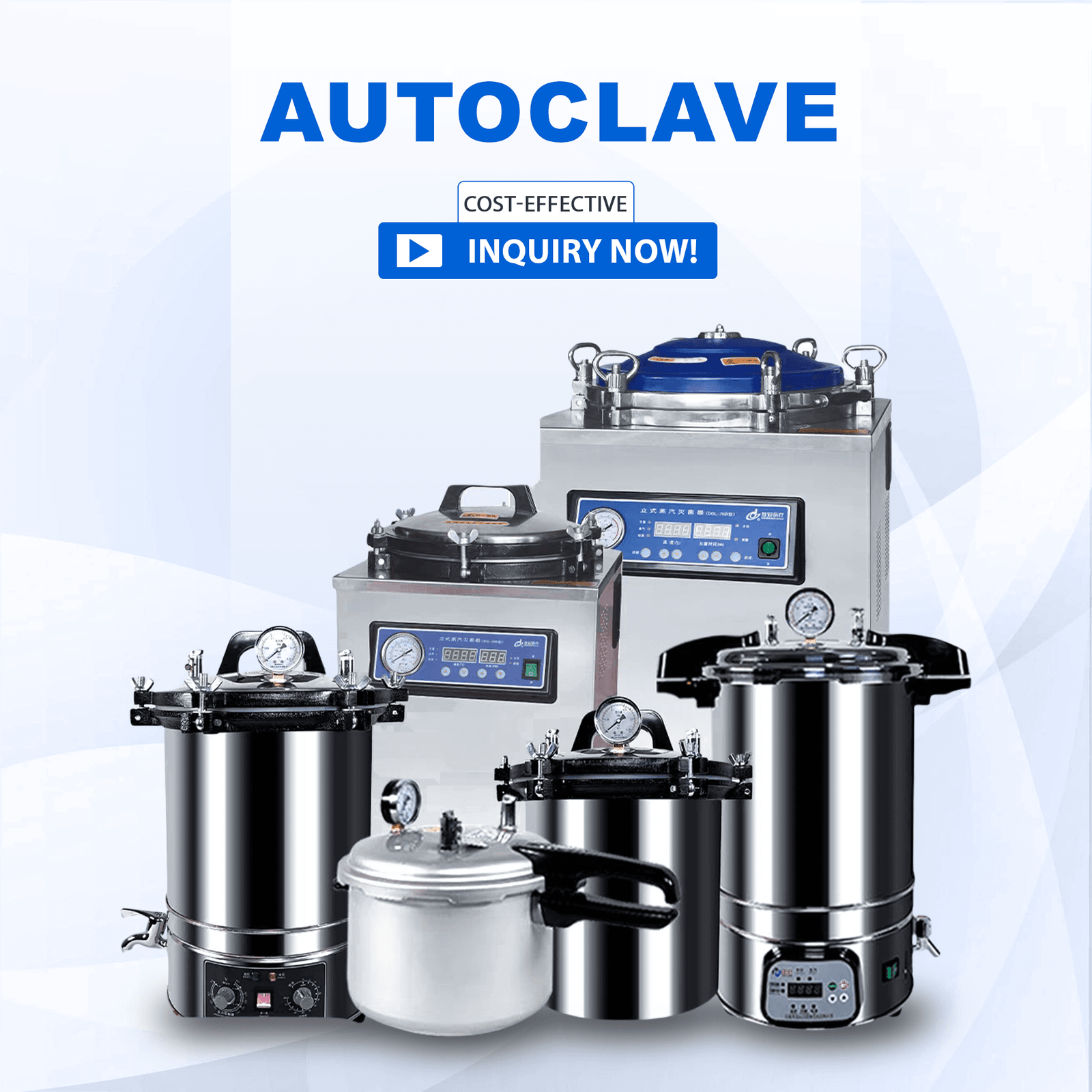
オートクレーブは、医療器具の安全性と無菌性を確保するための不可欠なツールとして、世界中の医療従事者から信頼を得ています。医療機器販売業者と調達専門家は、オートクレーブの原理と利点を理解する必要があります。

ヘルスケアの進歩により、医療器具を常に安全かつ無菌状態に保つことが不可欠となっています。医療機器の販売業者、ディーラー、調達の専門家は、効果的に業務を行うために滅菌方法を理解する必要があります。その
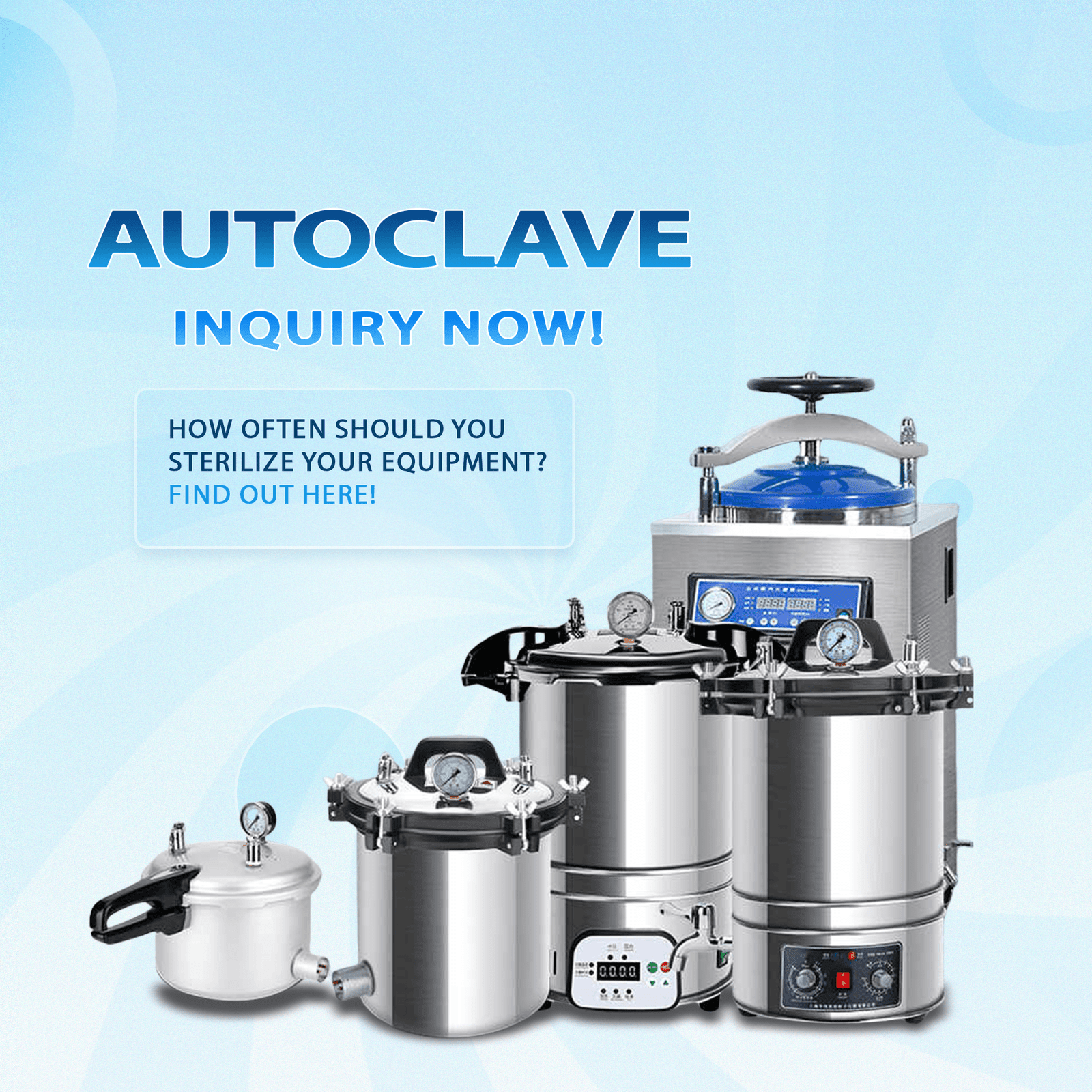
医療機器や器具の滅菌にオートクレーブが必要なのは、患者の安全を守り、規制基準への準拠を容易にするためである。最も洗練されたオートクレーブシステムでも、一定の限界があります。医療機器販売業者
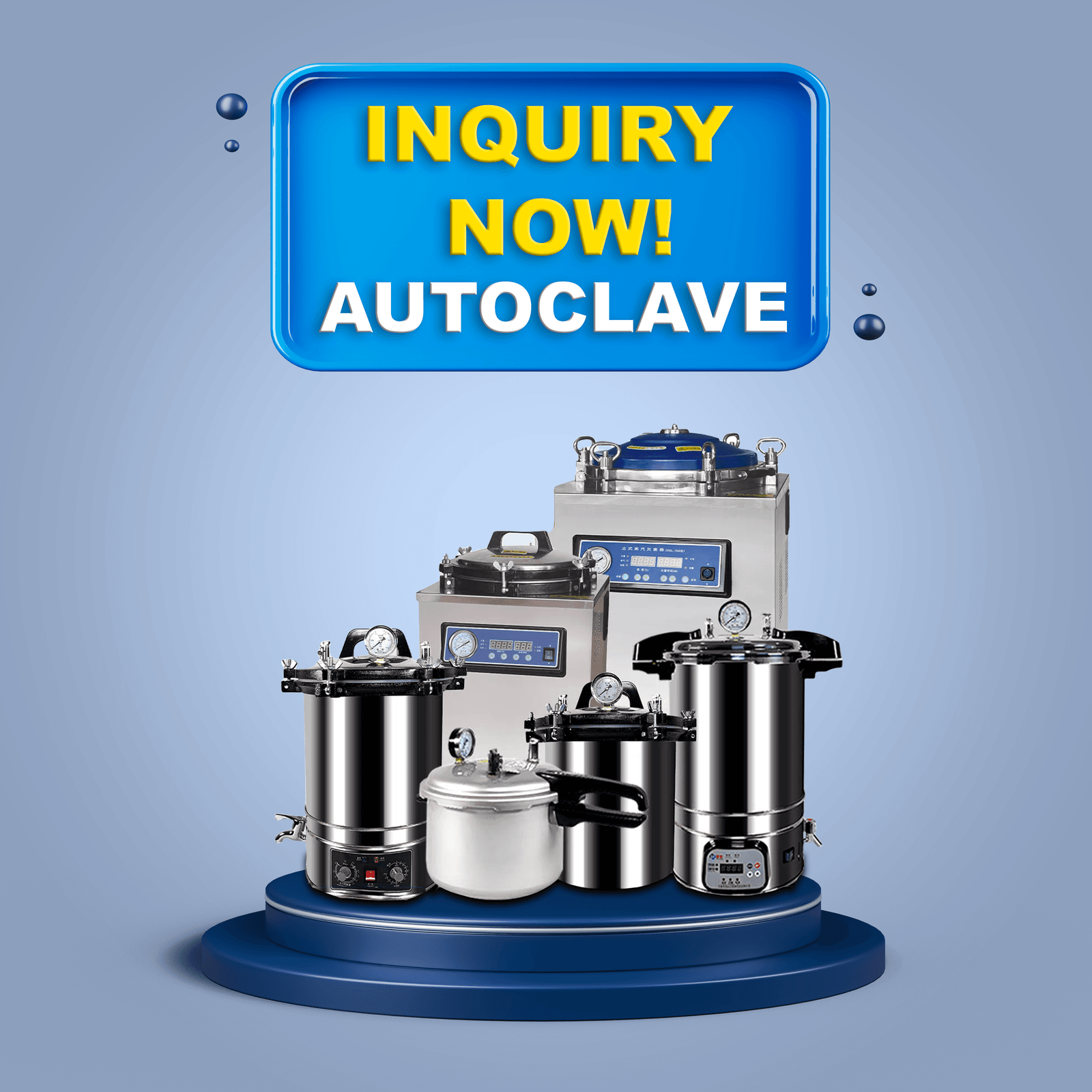
医療機器製造においてオートクレーブは、様々な器具や材料に一貫した滅菌を提供するため、必要不可欠な機器として機能する。オートクレーブは、高圧飽和蒸気を利用して、細菌、ウイルス、真菌
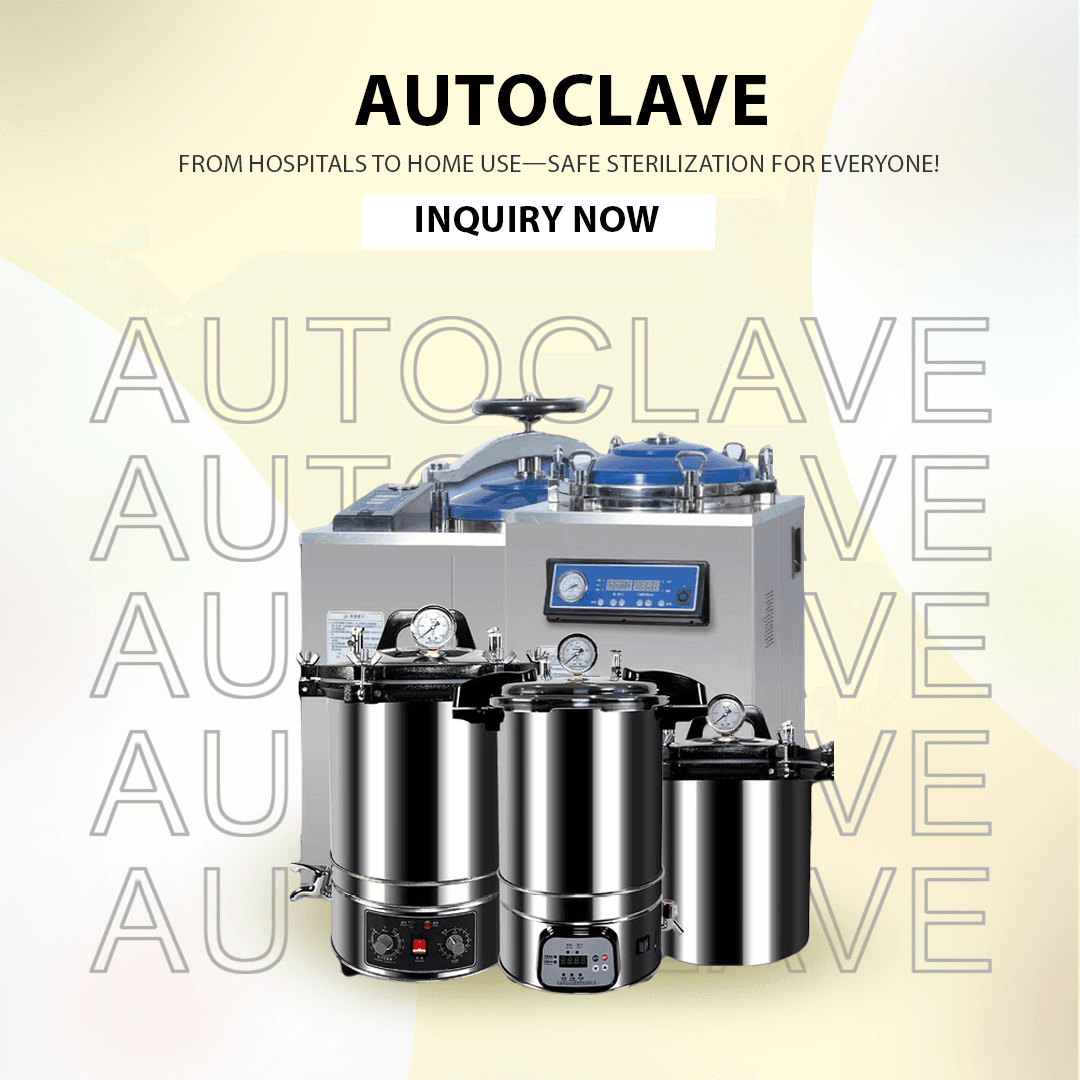
オートクレーブは、医療現場や科学現場において、器具や材料を一貫して滅菌する重要な装置として機能しています。医療機器の販売業者は、ディーラーや調達の専門家とともに、オートクレーブの機能を維持する必要があります。